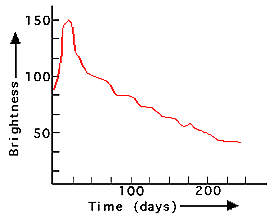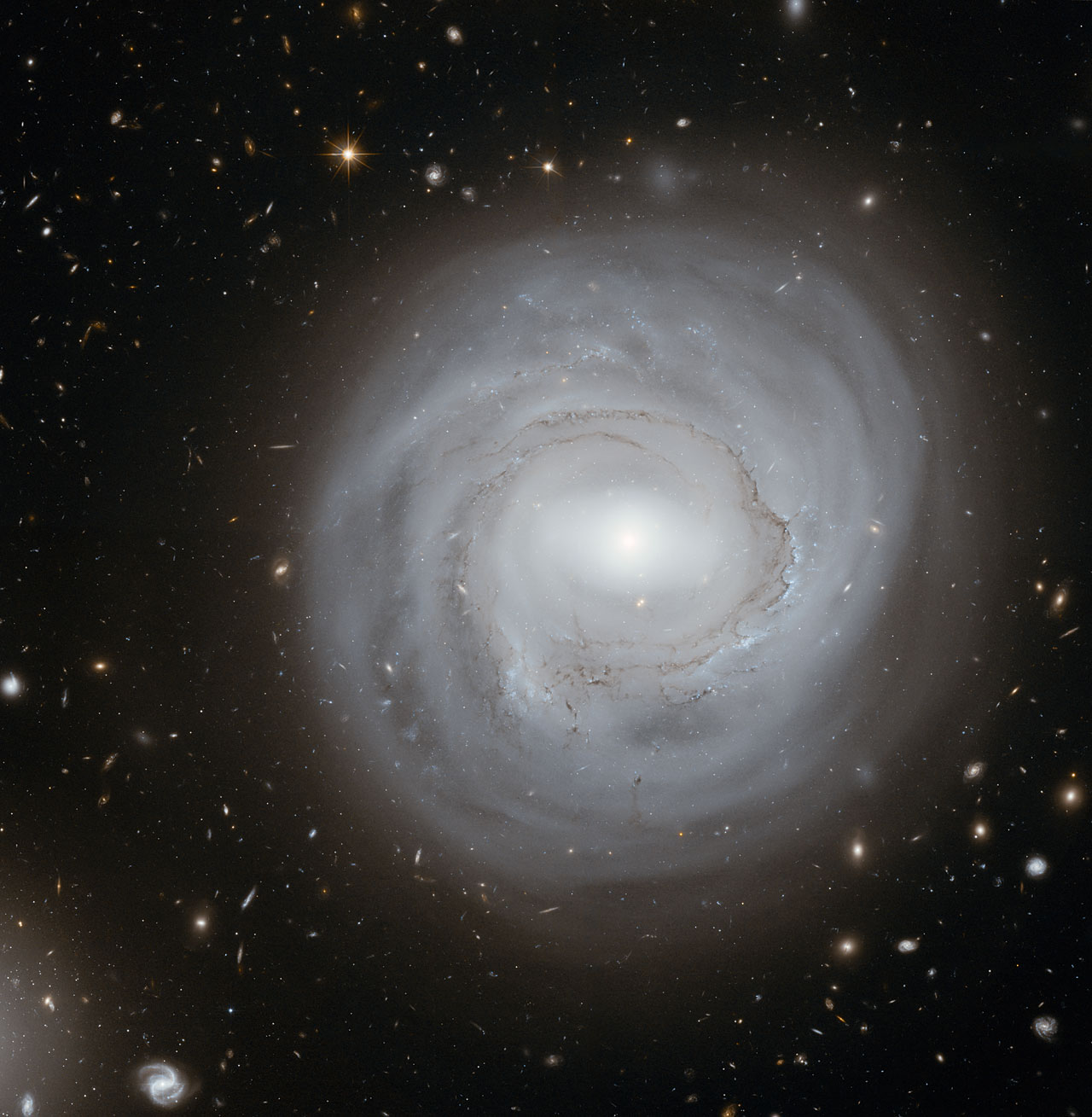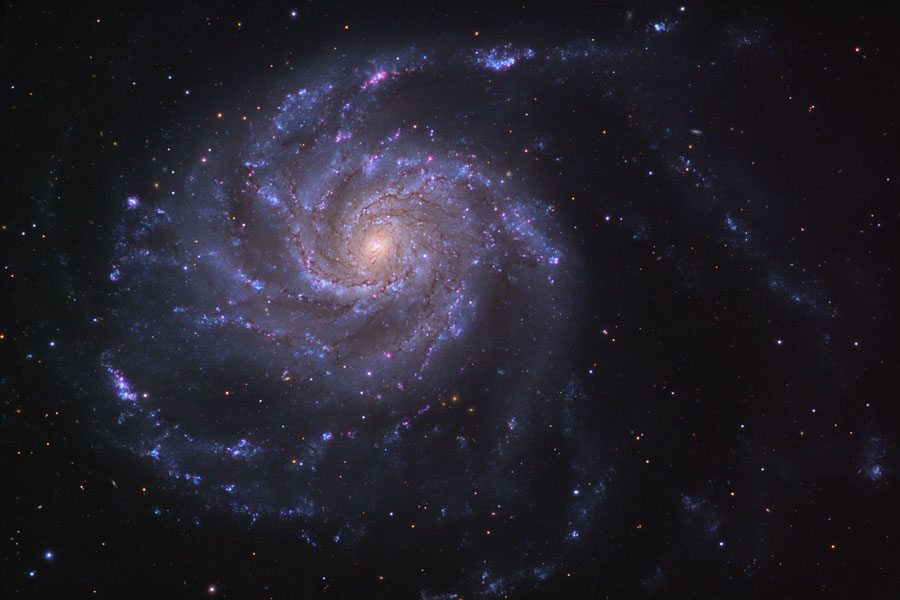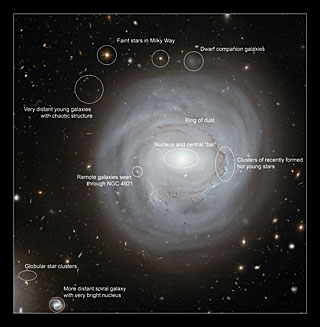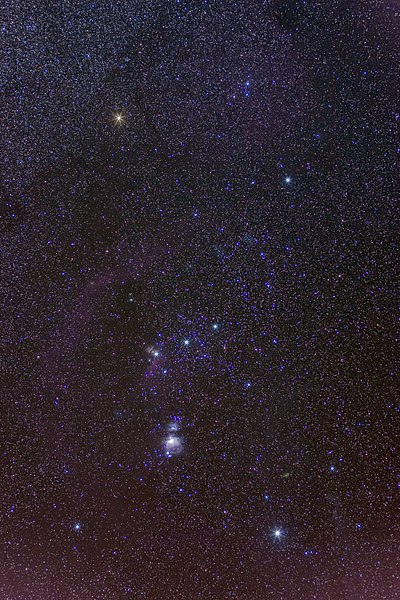I am still trying to comprehend the magnitude of the disaster that has afflicted Japan on the 11thof March. My thoughts are with all of those that are trying to pick up the pieces of their lives and put them all back together again. It is at these times that all the trappings of modern society are worthless. One’s main concern is for family, friends, food and shelter.
In an effort to help support the relief effort in Japan, I will donate all proceeds from sales of Orbital Maneuvers from now (March 26, 2011) until the summer solstice on June 21st . The more books sold, the more I’ll be able to contribute.
I’m going to rant here. Be forewarned!
When I watched the images coming out of Japan after the disaster, I could not shake the feeling that we should be more prepared. We, us, everyone on this planet. World wide for 2011 we will spend over two trillion dollars on defense. Defense of our sovereign lands from those who wish to attack us.
We are missing the big picture here. What we can do to each other pales in comparison to what Mother Nature can throw at us. Look at what just happened in Japan. What about hurricane Katrina’s devastation of New Orleans and the Gulf coast. The earthquake and tsunami that hit Indonesia in 2004 and the earthquake in China in 2008. The list goes on. But, these are small events compared to some of the major events that have occurred in the past, from super-volcanoes erupting to asteroid impacts.
Maybe we should start thinking more along the line of joining forces. After all, it is 2011, the 21st century. Should we not be civilized by this point? We’ve had over 10,000 years of development and yet we are constantly focused on beating each other into submission. Be it for religious, political, ideological or territorial reasons.
I know I’m being too idealistic here, but we should stop pointing missiles and guns at each other and divert those funds to developing the technology that will allow us to survive these inevitable natural disasters. We’ve got a handle on how to build earthquake resistant buildings, but they are not earthquake-proof. More importantly, our infrastructure is very vulnerable to many types of natural disasters.
We know this stuff happens. It has happened in the past and will again in the future. Two trillion dollars will go a long way to developing technology to study the planet we live on and understand what triggers these events. If we can’t stop them, at least we should be able to predict them reliably, and design our homes, businesses, cities and nations to withstand their onslaught.
Orbital Maneuvers is about multiple asteroid impacts on the United States. This is not beyond the realm of probability. It was scary researching this for the book, because it does not take a very big object to create global devastation. And, if not global, local devastation, which still can have global consequences. A small asteroid hitting the ocean is going to create tsunamis that could make the one that just hit Japan look like ripples on a pond.
So, we have a choice. We can keep preying on each other, burning money and resources to build offensive and defensive systems, and ignore the fact that there is a force out there more powerful than anything we have in our arsenals, or we can realize that this is the only place we have to live, and if we are going to survive, we have to join forces in building a common defense for everyone.
All the weapons, gadgets, toys and technology won’t mean a thing if Mother Nature reaches out and slaps you down. Just ask the people in Japan…
Till next time,
RC Davison





